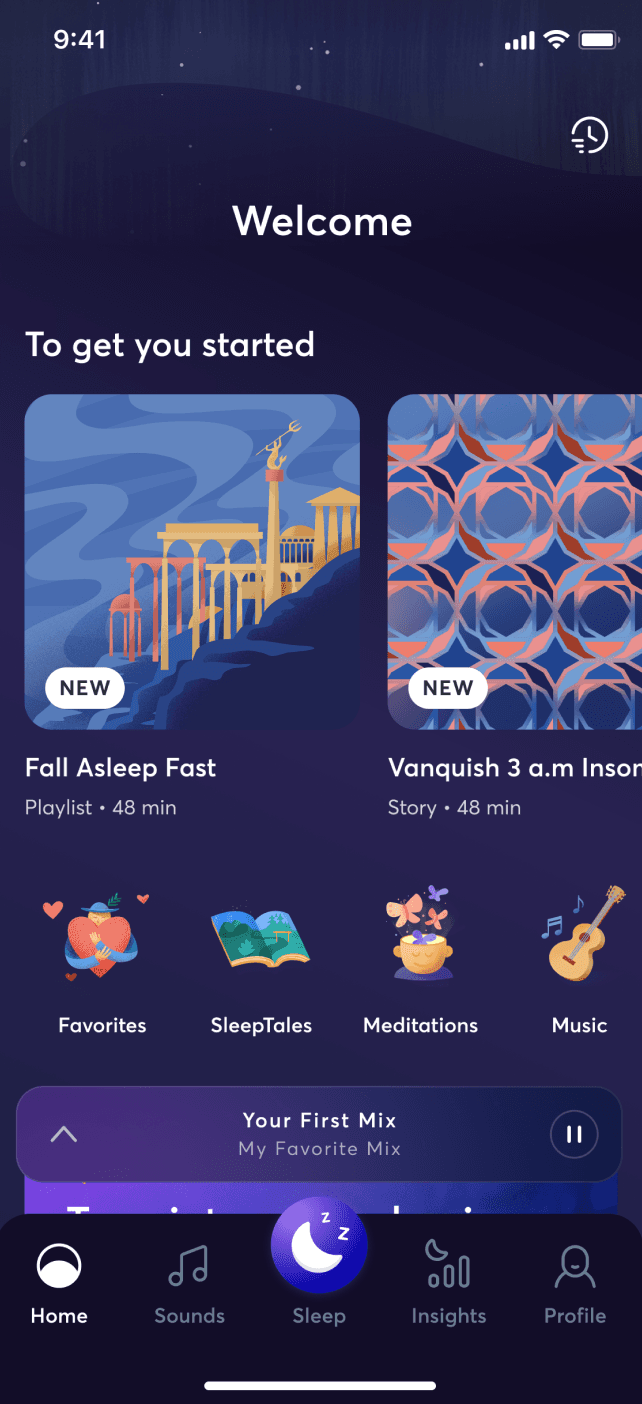
Yoga for Sleep: Does It Really Help?
There's no question that the ever-increasing popularity of yoga is due to its many positive effects on health, including better sleep.
A recent survey by the National Center for Complementary and Integrative Health revealed that over 55% of yoga practitioners said that it has helped them sleep better. With such a considerable percentage getting a more peaceful slumber, you might wonder how you can benefit from the practice of yoga for sleep.
Why yoga helps promote better sleep
An ongoing nighttime yoga practice brings the nervous system into balance after a long day of tension and stress. When this balance occurs, the body can go from the hyper-alert “fight or flight” mode into the “rest and digest” state more effectively. This allows the body to fall asleep more easily.
Additionally, yoga may help individuals cope with and alleviate stress factors, like chronic pain or depression, that may interfere with quality sleep.
When planning your bedtime yoga routine, keep in mind that some yoga exercises are well suited for late evening while others are best avoided if you want a good night's rest. Let's take a look at what does and doesn't make for a good nighttime yoga practice.
The don'ts of yoga for better sleep
Don't do an active, gym-style yoga class before bed. Skip the vigorous – and sometimes elaborate - postures popular in many classes like sun salutations, planks, deep backbends, arm balances, and inversions. These stimulating exercises are better suited for the daytime.
Don't play loud music. Relaxing music or brainwave entrainment tracks that calm the body and mind are the ideal accompaniment for an evening yoga practice. If you don’t know where to start to find music best suited for nighttime yoga you can try the relaxing sounds and brainwaves on the BetterSleep app.
Don't try it once and quit. Though any yoga may help with better sleep, the most lasting effects of yoga on sleep quality will accrue over a long-term yoga practice.
The do’s of yoga for better sleep
Do seated forward folds. Yogis have long touted forward folds for their calming and focusing effects on the mind. A simple but effective one is the butterfly pose - sitting down with the soles of the feet together and gently folding forward.
Do lower your heart rate with restorative postures. Some examples of restorative postures are child's pose, standing forward fold, legs-up-the-wall pose, and savasana. These calm the nervous system, and alleviate built-up stress from the day.
Do unwind with a supine twist. This pose feels fantastic and can be done in bed. Bring both knees to your chest, open the arms out to T, and drop your knees to the left. Hold for 1 to 2 minutes then switch sides.
Do savasana, the final relaxation, right before sleep. Nothing's worse than being on the brink of sleep and then remembering you didn't get ready for bed first. Prep for bedtime, then conclude your yoga practice by doing savasana in bed until you’re ready to fall asleep.


Yoga for sleep vs. yogic sleep
A yoga routine to help with sleep should not be confused with yoga nidra, or yogic sleep. Yoga nidra is a guided journey that induces the state of consciousness between waking and sleeping for stress relief and profound relaxation.
While yoga and yoga nidra do share some of the same benefits, yoga for better sleep includes a combination of stretches and restorative postures to promote a relaxed body and mind at bedtime.






















